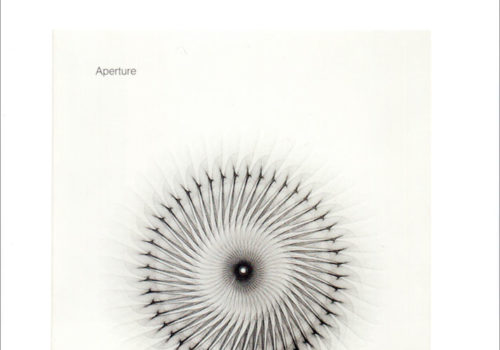Flipping through Anthology, one imbibes the spirit of Aperture. But one also traces the history of photography, beginning with its critical turning point in the 1950s, when art photography reclaimed its autonomy despite the crushing wave of photojournalism, which flooded illustrated magazines like Life. It was understood as a language, notably under the impetus of Minor White, who revolutionized the teaching of photography, then in its infancy, with a course called Visual Communication.
Minor White is the spirit of Aperture. He shaped his editorial direction with bold choices mixed with more obvious ones, insisted on the importance of sequencing as an essential vocabulary in the reading of a work, set up repeated meetings between critics and amateurs, while never hesitating to invite his students dine at his erudite table despite his poor culinary skills. This conviviality was born from a passion to communicate. He combined demanding aesthetic standards with accessibility, making this major critical publication available for a mere $4.50 (a sum that was shockingly affordable for the time), a decision that would have led to the magazine’s demise without the support of benevolent patrons. In this compilation, the selection of articles from the 77 issues of Aperture published between 1952 and 1976 is well thought-out and not exhaustive. It allows the reader to identify the major aesthetic issues that animated the world of photography in the 1950s, and which continues to guide the critical discourse. This indispensable, comprehensive survey of photographic thought, edited by Peter Bunnell, who was White’s assistant starting in 1955 and later an editorial consultant, also gives readers insight into this group led by a brilliant and generous leader.
Laurence Cornet
















